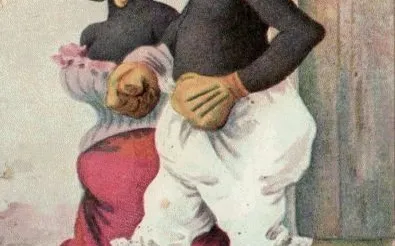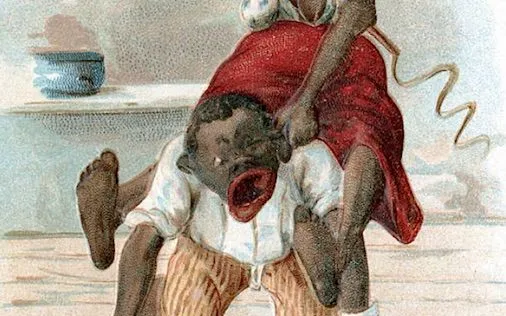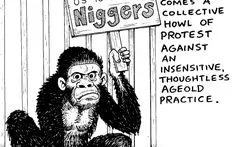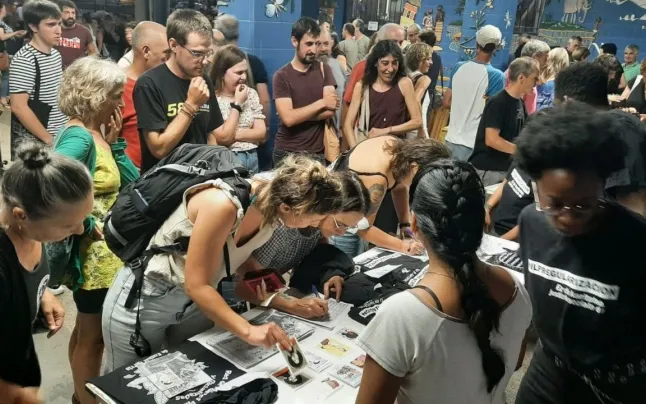The Spanish non-governmental organization Fundación Internacional de Derechos Humanos urged the Swedish company H&M to give some explanations on the reasons they had to use a racist advertisement.
This January, an H&M photograph in which a young black boy posed wearing a green hoodie that read “Coolest monkey in the Jungle” has stirred worldwide polemic over racism in the advertising sector. The Swedish company H&M posted the picture on their website in the beginning of the month, and it didn’t take much time for all kinds of organizations, celebrities and activists to publicly denounce it.
Among the denouncers there is the Spanish non-governmental organization Fundación Internacional de Derechos Humanos, which urged the Swedish company to give some explanations on the reasons they had to use a racist image as an ad: "This is absolutely intolerable! We hope that H&M gives some explanations and apologizes for this. Racism shouldn't be used as a marketing hook. We ask the district attorney to act".
In a statement to NBC News, the company briefly apologized for the ad saying that is “deeply sorry that the picture was taken”. Following the statement, H&m immediately deleted the picture from all of their websites and social media, but by the time they did so the damage to the brand’s image had already been made.
Musicians like The Weekend and G-Eazy have cut business ties they had with the clothing brand, and some black artists all over the world have created new Photoshop versions of the same picture to show alternative ways of portraying Africans instead of using the old, racist and colonialist idea that basically all black people are like free monkeys running wild in the jungle.
 Credit: @LeBron James
Credit: @LeBron James
A long racist story
H&M has lately been under fire specially because of the mentioned photograph, but also because of the fact that their same website offered other pictures portraying white kids wearing other hoodies which read “Survivor expert”. This is particularly significant, because it shows that, while white kids are supposed to “survive” in a hostile environments, black kids move around there without any difficulties (just like apes).
Comparing black people to animals in general and apes in particular is not new at all. In fact, it is almost a tradition that dates from the 16th Century and has continued to exist and develop in more subtle ways and forms up until the20th Century.
Maybe this is the reason in South Africa, a country still suffering from the social consequences of its vividly racist and recent past, has brought H&M backlash further than the social media: Saturday 13th of January the company had to temporarily close some of their stores in Cape Town and Pretoria, where demonstrations and riots took place.











Add new comment